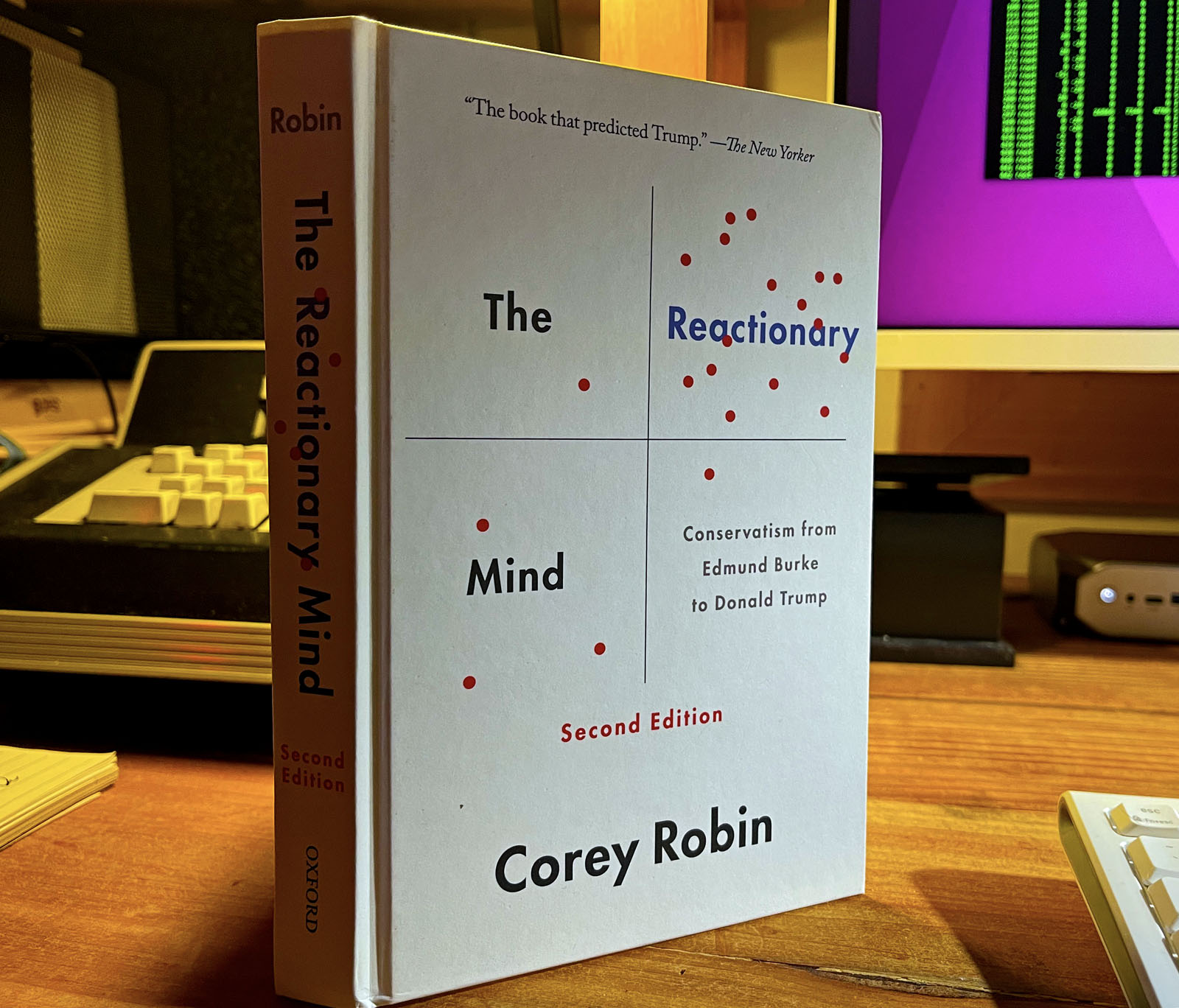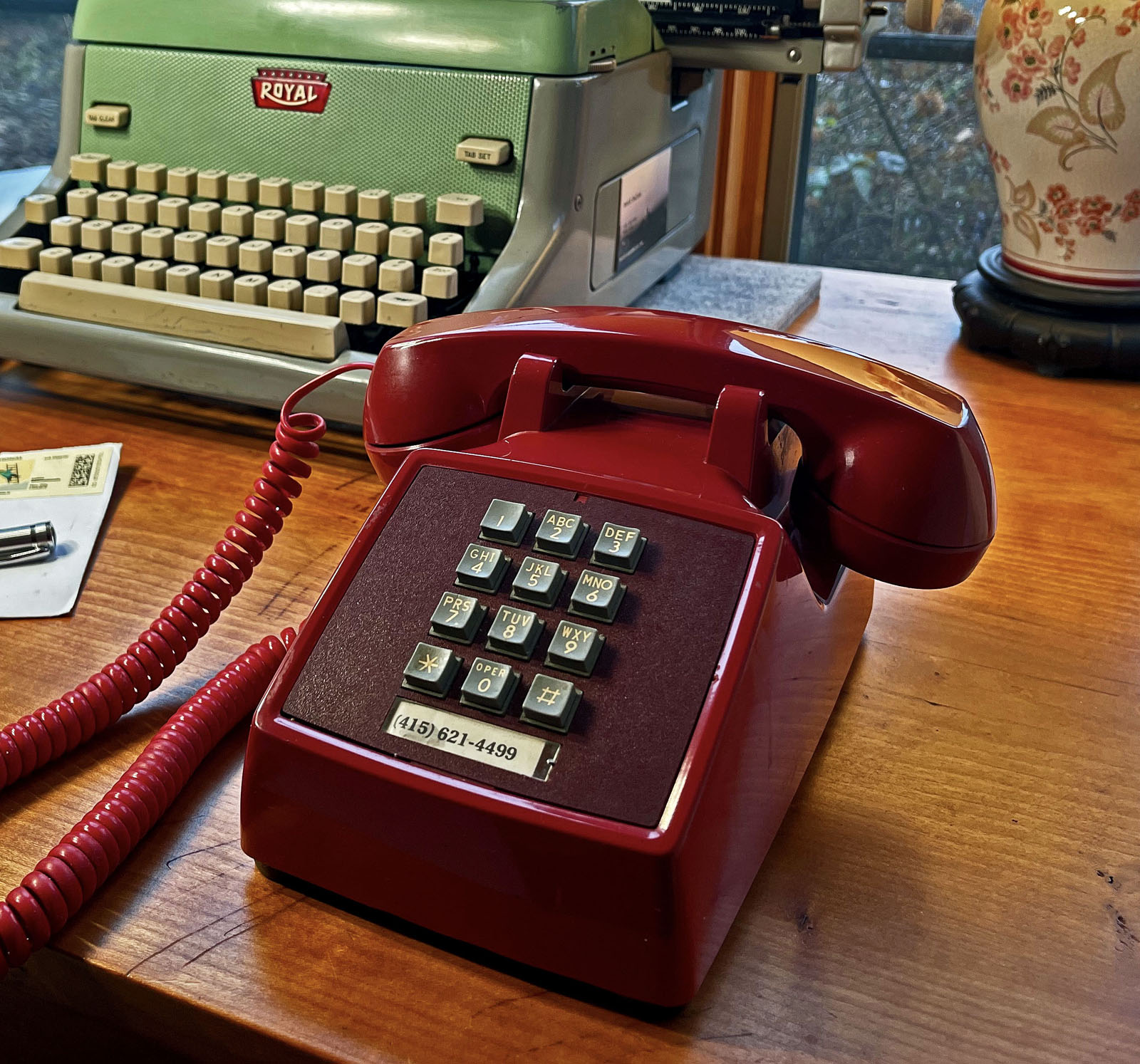I am not the first person to say that we are very lucky to be living during the lifetime of Roger Penrose. He is, I believe, the Einstein of our time. Though Penrose is very much a celebrity with certain types of nerds, the popular media have paid little attention to him, even after he won a Nobel Prize in 2020. It was Stephen Hawking, who died in 2018, who became a media pet. However, in my non-scientific opinion, Roger Penrose is a far more important and interesting scientist than Hawking was.
Penrose is now 91 years old, and he would have been 91 when the interview above was done. Penrose clearly likes doing interviews, as well as lectures. You’ll find many examples of both on YouTube. Most interviewers, though, don’t have the knowledge to do a good interview with Penrose. Robert Kuhn, who does the interview above, has actually read Penrose and does a much better job. The sharpness of Penrose’s mind and memory at age 91 is remarkable.
Some of Penrose’s ideas are controversial. Though testable, they’ve not yet been proven. Here is my short list of reasons why every intelligent person should take an interest in Roger Penrose:
• Penrose argues that consciousness does not arise out of any kind of computational algorithm. That is, no computer, no matter how complex, can be conscious, and no computer can ever have real understanding (keeping in mind that “understanding” is very hard to define). If true, then we can stop worrying about artificial intelligence surpassing human intelligence and taking over the world. Penrose’s theory is that there are structures inside the brain’s neurons that somehow use quantum entanglement to produce consciousness. The theory is called “orchestrated objective reduction,” or “ORCH-OR.” Penrose talks about ORCH-OR in many YouTube videos, though I’ve never come across a video that makes the theory as comprehensible as Penrose’s books do.
• Penrose argues that, before the Big Bang, there was a previous aeon, and that, when our present universe peters out, it will be followed by another Big Bang that will create a whole new universe. Even more than that, Penrose believes that certain information can pass from one universe (or aeon) to the next because of certain effects that black holes have (or had, or will have) on the cosmic microwave background.
• Penrose argues that there is a Platonic realm that is actually real. The Platonic realm, Penrose believes, is where mathematics is found. One of the strange capabilities of mind, or consciousness, is that the mind can tap into that Platonic realm and understand mathematics. I don’t recall reading anywhere that Penrose believes that artificial intelligence would be incapable of tapping into the Platonic realm, but I believe that would follow from his theories.
These theories are enormously appealing to the imagination. Interviewers sometimes try to get Penrose to speculate, but he refuses to do it. I just have to suppose, though, that his mind wanders into extremely interesting — and speculative — places that he won’t talk about in public, because that would be unbecoming for a scientist and mathematician.
If I could have a pub chat with anyone in the world, it’s very clear to me who my first choice would be: Roger Penrose. As for the pub, it would be in Oxford, preferably somewhere where Tolkien’s Inklings use to meet. Though it’s vague and I can’t put my finger on it, there is something very Tolkienesque about Penrose. Why doesn’t some interviewer ask him if he knew Tolkien?












